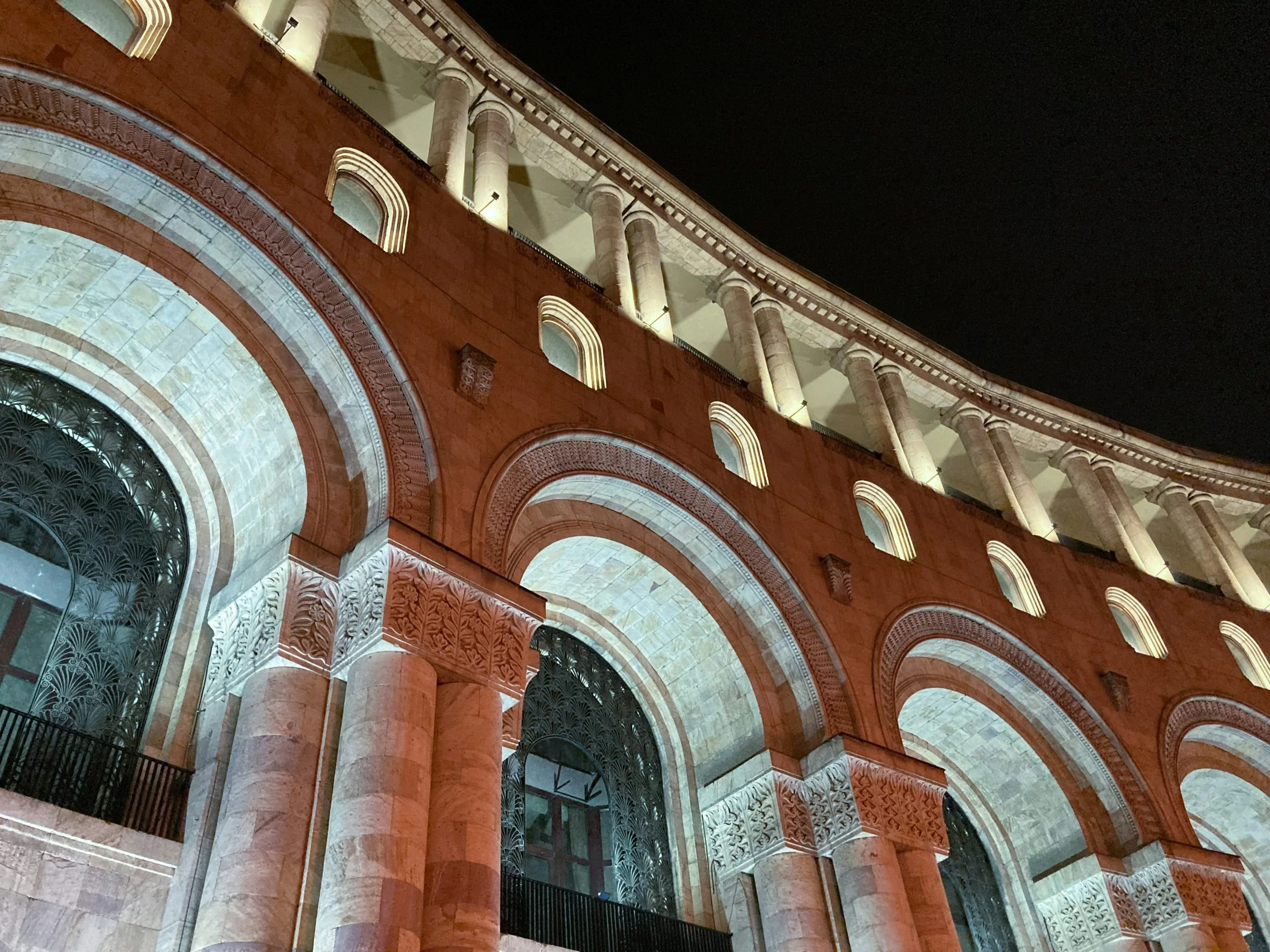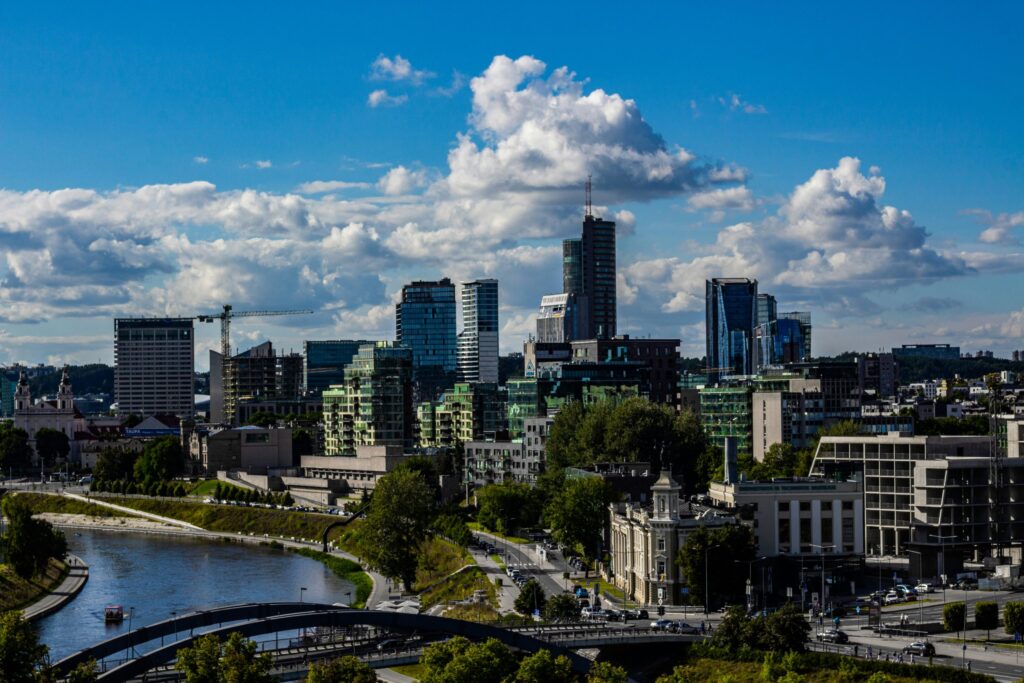The past two years have once again positioned Central and Eastern European (CEE) at the forefront of geopolitical developments. Yet what economists and investors have been able to observe is testament to the region’s resilience and vast potential.
Despite the headwinds of the war in neighbouring Ukraine, broader geopolitical tensions and rising concerns about energy security, as well as the lasting socio-economic effects of the pandemic, CEE’s GDP growth trajectory is robust and signals an era ripe for transformative investments.
At the core of this transformation lies regional connectivity—in terms of infrastructure, transport and digitalisation—as well as sustainability and energy independence. On April 11, the region’s Heads of State, leading businesses and investors will be meeting in Vilnius to discuss how the region can push forward towards accelerating this transformation at the Three Seas Initiative (3SI) Summit.
The 3SI stands on a platform of connectivity, resilience, and growth for its member states, stretching from the Baltic Sea in the north to the Adriatic and Black Seas in the south. It is not solely concerned with building physical infrastructure; but about laying the groundwork for a future where the CEE region is championed as a formidable player on the global stage.
The Three Seas Initiative Investment Fund (3SIIF), which I have been part of since its inception four years ago, is at the forefront of this movement, mobilising investments across energy, digital, and transport to bridge the significant infrastructure gap that has long set the CEE region apart from its Western European counterparts.
Bridging the (mindset) gap
The infrastructure gap in the CEE region is not just a reflection of a lack of physical development, but indicative of the presence of a broader financing shortfall. As the region continues to develop, the anticipated reduction in EU structural funds poses a challenge; in other words, the region is becoming a victim of its own success.
However, as in other developed markets, this also spells a major opportunity for private capital to step in and drive the region’s infrastructure push. According to recent projections, the region needs to attract over 500 billion euros in infrastructure investment by 2030, which will only be possible through strong cooperation between the private and public sectors.
Local investment climates are also evolving. Traditionally, CEE investors, including pension funds, have been hesitant to allocate capital to infrastructure, viewing it through the same lens as high-risk ventures. It has reached the point where foreign investors are more intent on investing in regional infrastructure than local ones, and this requires a mindset shift. This has been central to our efforts at the 3SIIF: to demonstrate that investing to address CEE’s strategic objectives can go hand in hand with profitability and economic growth.
From the region, for the region
The importance of connectivity cannot be overstated. Historical infrastructure investments have favoured East-West routes, facilitating integration with Western Europe. The 3SI on the other hand, also prioritises the development of North-South connectivity, which is essential in order to unleash the full economic potential of the region.
Just last month, Cargounit, the region’s leading locomotive lessor which stretches from Poland to Romania and is wholly owned by the 3SIIF, completed the purchase of up to 100 new locomotives that will enhance trade and mobility within CEE and beyond.
As companies reconsider their supply chains amidst global tensions, the CEE region, with its skilled yet cost-effective labour force, stands to benefit from near-shoring trends in the long-term. Yet infrastructure to support this currently lags behind, and a strong, local supply chain network will be key to bridging the gap.
Back in September 2022, just months after Russia’s invasion of Ukraine, 3SIIF made the bold move to invest over 100 million euros in the Black Sea port of Burgas in Bulgaria, and it has proven to be astute – it handled a record-breaking 7.2 million tons of cargo last year, underlying the Black Sea’s significance as a critical trade route.
However, with greater connectivity comes the need for greater security, and in today’s world these threats are often in the digital space. With Russia’s cyber threats on the rise and data privacy in the spotlight, security is no longer an afterthought or an element of planning, but is within itself a cornerstone of growth. 3SIIF’s investment in the next generation of data centres in the Baltics, backed by advanced cyber-security technologies and energy optimisation, will be a precursor to their proliferation, and is again a hallmark of the 3SIIF’s long-term strategy.
Energy security remains another key concern for CEE, historically tied to fossil fuel supplies from Russian origin. The 3SIIF’s investment in renewable energy platforms across nine CEE countries represents a strategic pivot towards sustainability and independence, aligning with global decarbonisation trends.
All eyes on Vilnius
While the region works around its own growth trajectory, there is a need to consider pressing concerns in the short-term, one of which is the exacerbation of war on its eastern flank. CEE has emerged as an important partner from a logistical and supply perspective for what could be the single-biggest undertaking of this century: Ukraine’s reconstruction.
The region must prepare for the trillions of euros in trade and investments expected to pour into Ukraine over the coming decades, and strong infrastructure and regional connectivity will be critical in realising its role as a key gateway.
As we look towards the Vilnius Summit, the message is clear: despite all the instabilities, the CEE is open for business; it is a vibrant landscape of opportunity, resilience, and growth. The 3SI, with its investment fund, is a testament to what strategic, collaborative investment can achieve. It’s a call to local and international investors alike to recognise the potential and seize the moment.
We are not just investing in infrastructure, we are investing in a vision that champions sustainability, connectivity and resilience across the bloc.
Photo by Evaldas Grižas on Unsplash.







